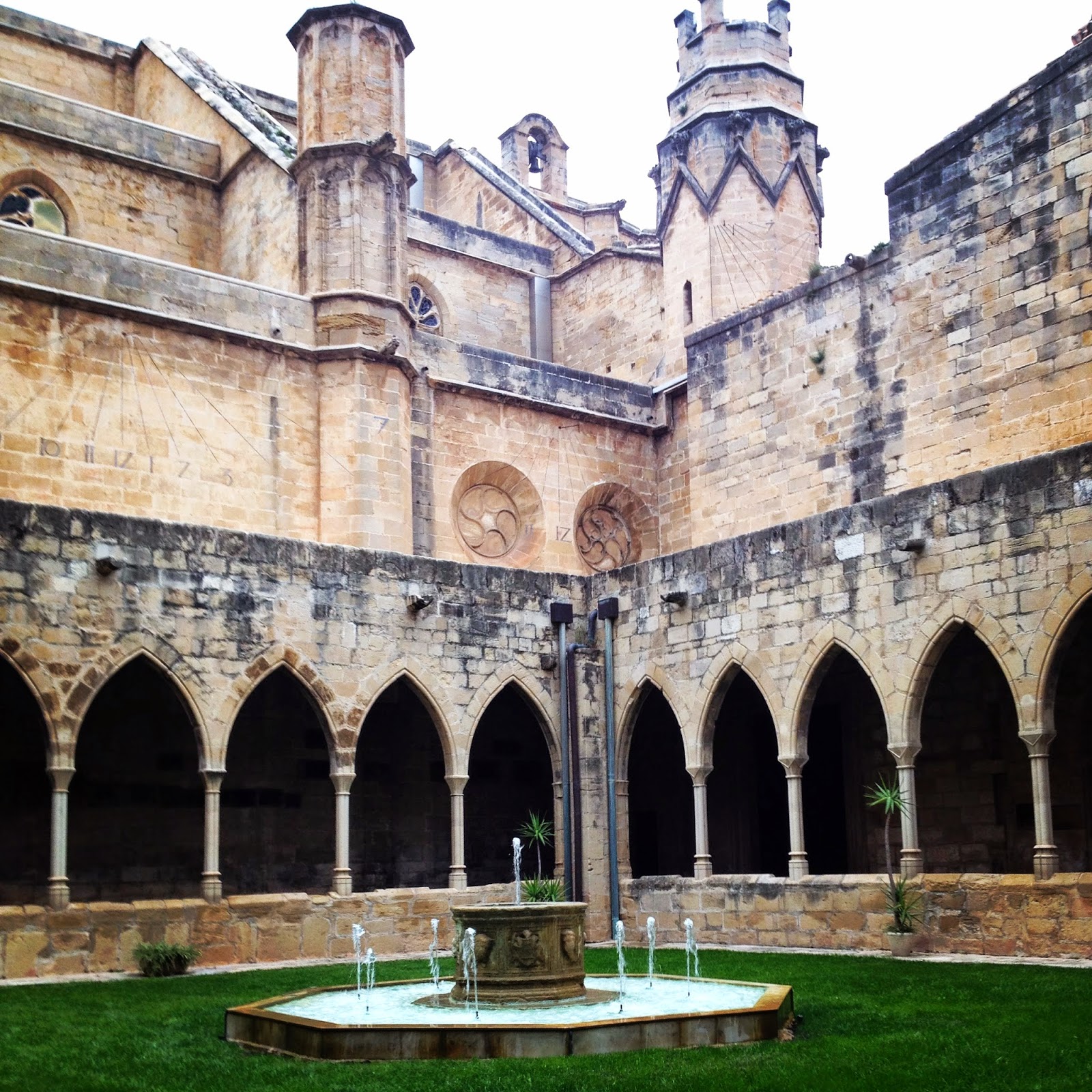Since a long time, I want to talk about the great province which is Tarragona, which I have great affection because it was the land of my grandparents.
Concretamente hago referencia a algunos de los rincones que visité el fin de semana pasado.
Specifically I refer to some of the places that I visited last weekend.
TARRAGONA CIUDAD: El conjunto arqueológico que forman sus ruinas romanas fue declarado Patrimonio de la Humanidad por la Unesco. Su casco antiguo, está rodeado por la muralla romana.
Podemos encontrar monumentos tan importantes como la Antiga Audiència (gran torreón romano), el Anfiteatro de Tarraco, el Circo romano, el Mercado central (diseñado por el arquitecto Josep Maria Pujol i de Barberà) y la Rambla Nova (majestuoso paseo en el que se alinea interesantes edificios y el popular monumento a los Castellers).
TARRAGONA CITY: The archaeological Roman ruins that form was declared a World Heritage Site by Unesco. Its old town is surrounded by the Roman walls.
We can find important monuments like the Antiga Audiència (great Roman tower), the Ampitheater Tarraco, the Roman Circus, the Central Market (designed by architect Josep Maria Pujol i Barbera) and the Rambla Nova (majestic ride which aligns interesting buildings and popular monument to Castellars).
TORTOSA: Capital of the region of the lower Ebro, which can find the castle of San Juan or Zuda (awesome fortress overlooking the city), which is the current Parador not miss it! Beautiful! Tortosa also has a beautiful cathedral, the Cathedral of Santa Maria, begun in 1347.
MONTBLANC: The Catalan tradition assumes that the legend of St. George was in Montblanc, where he killed the dragon.
VALLS: This city is the home for a typical Catalan dish called calçot, some sweet onions. After the calçots is usually taken meat with beans and artichokes and the Catalan cream for dessert. Hmm! Delicious!
LA SELVA DEL CAMP, EL MILÁ Y LA MASÓ: I found it necessary to appoint the towns of my ancestors, not because they are great, but you can imagine the love that I have it. Definitely my favorite is La Selva del Camp, is believed to have a Roman origin and was later occupied by the Arabs. His first written acknowledgment is 1149. Its main economic activity is the cultivation of hazel (the major production of Spain) and olives.







No hay comentarios:
Publicar un comentario